Electric bikes have revolutionized personal transportation, offering a sustainable and efficient alternative to traditional vehicles. Central to their operation are the motors that provide the necessary power and torque. Among the most popular motor types are mid-drive motors and hub motors. Understanding the differences between these two motor types is essential for anyone looking to purchase an e-bike.
In this article, we will explore what mid drive vs hub motors are, compare their key differences, and help you determine which option might be better suited for your needs.

What Is a Mid Drive?
A mid drive, in the context of electric bicycles (e-bikes), refers to a type of motor that is situated in the middle of the bike frame, usually near the pedals. This design allows the motor to directly drive the crankset and the bike's chain, leveraging the bicycle's gears for efficient power delivery.
Pros of Mid Drive:
- Efficiency: Mid drives are generally more efficient because they can leverage the bike's gears. This allows the motor to operate at its optimal RPM, leading to better energy utilization.
- Better Handling: The weight distribution is more centralized, which improves the bike's balance and handling compared to hub motors, especially in off-road or hilly terrain.
- Improved Range: Due to their efficiency, mid drives often offer a longer range per charge compared to hub motors, especially when riding in varied terrain.
- Higher Torque: Mid drive full suspension ebike motors can generate higher torque, which is beneficial for climbing steep hills or carrying heavier loads.
- Natural Riding Feel: Since the motor drives the crankset, the pedal assistance feels more natural, akin to regular cycling but with added power.
Cons of Mid Drive:
- Complexity: Installation and maintenance can be more complex and may require professional assistance due to the integration with the bike's drivetrain.
- Cost: Mid drive systems tend to be more expensive upfront compared to hub motors, primarily due to their sophisticated design and integration.
- Noise: Some mid drive motors can be noisier than hub motors, particularly under heavy load or at high speeds.
What Is a Hub Motor?
A hub motor is an electric motor integrated into the hub of either the front or rear wheel of an e-bike. It directly drives the wheel, providing propulsion without engaging the bike's traditional chain and gears.
Pros of Hub Motor:
- Simplicity: Hub motors are simpler in design, installation, and maintenance compared to mid drives. This simplicity often translates to lower maintenance costs.
- Quiet Operation: Hub motors generally operate quietly, providing a smooth and silent riding experience, which is ideal for urban environments.
- Easier Retrofitting: Retrofitting a regular bicycle into an e-bike is easier with a hub motor since it doesn't require modifications to the bike's drivetrain.
- Cost-Effective: Hub motor e-bikes are usually more affordable upfront compared to mid drive models, making them accessible to a broader range of cyclists.
- No Pedal Resistance: When not using the motor, there is no resistance from the hub motor, allowing for easier pedaling compared to mid drives.
Cons of Hub Motor:
- Weight Distribution: Hub motors add weight to the wheels, affecting the bike's balance and handling, especially on uneven terrain.
- Limited Efficiency: Since hub motors do not utilize the bike's gears, they may be less efficient in terms of energy consumption, especially on hilly terrain or at higher speeds.
- Heat Build-Up: Hub motors can generate more heat, particularly under heavy load or during extended use, potentially affecting long-term durability.
Mid Drive vs Hub Motor: What Are the Main Differences?
When choosing an electric bike, understanding the main differences between hub drives vs mid drives is crucial. Both types of motors offer distinct advantages and are suited for different riding conditions and preferences. Here are the key comparisons to consider:
1. Position and Design
Mid-drive motors are located at the bike’s bottom bracket, directly between the pedals. This central positioning provides a balanced weight distribution, which can improve handling and stability. On the contrary, hub motors are integrated into the wheel hub, either at the front or rear wheel. This design means the motor directly drives the wheel, making the system simpler and often less expensive.
2. Power and Torque
Mid-drive motors are known for their superior torque and power efficiency, especially when climbing hills or accelerating. By leveraging the bike’s gears, mid-drive motors can maintain optimal performance across various terrains. This makes them ideal for off-road and challenging rides.
Hub motors provide consistent power directly to the wheel, making them excellent for flat terrain and city commuting. While they may struggle on steep inclines compared to mid-drive motors, they offer a smooth and quiet ride, making them suitable for everyday use in urban environments.
3. Maintenance and Durability
Mid-drive systems can put additional strain on the bike’s chain and drivetrain components, potentially leading to increased wear and tear. Regular maintenance of the chain and gears is essential to ensure longevity. However, the central motor placement typically makes it easier to access and service the motor itself.
Hub motors are generally low maintenance since they are self-contained and isolated from the bike’s other components. However, if a problem does occur, repairing or replacing a hub motor can be more challenging and costly compared to mid-drive systems.
4. Battery Efficiency
Mid-drive motors are typically more battery-efficient because they can use the bike’s gears to optimize motor performance. This can result in longer battery life and greater range, especially on varied terrain.
Comparatively speaking, hub motors may consume more battery power, especially on inclines or when starting from a standstill, as they cannot leverage the bike’s gearing system. However, on flat terrain and steady rides, their efficiency is comparable to mid-drive motors.
5. Riding Experience
Riders often find mid-drive motors provide a more natural and responsive riding experience. The power delivery feels more intuitive as it directly correlates with pedaling effort. This can be particularly advantageous for those who enjoy a more engaged and dynamic ride.
On the other hand, hub motors, especially the brushless gear hub motors, offer a smoother and more consistent power delivery, which can be more comfortable for casual riders and commuters.
6. Cost
Generally, mid-drive e-bikes are more expensive due to the complexity of the motor system and the added benefits they provide. They are often found on higher-end e-bikes designed for serious cyclists and off-road enthusiasts. While hub motor e-bikes are typically more affordable and provide a cost-effective solution for those looking to enjoy the benefits of .

Which Is Better: Mid Drive vs Hub Motor?
The "better" option of ebike hub vs mid drives depends on whether efficiency, terrain versatility, natural pedal feel, or ease of maintenance and cost are prioritized. Riders should consider these factors carefully to match their specific riding style and preferences when selecting between mid drive and hub motor e-bike systems.
Generally, mid drive systems excel in efficiency, torque, and handling on varied terrain, leveraging the bike's gears for optimal power delivery. They are ideal for serious cyclists tackling challenging routes but come with a higher initial cost and maintenance complexity.
Hub motors, on the other hand, offer simplicity, cost-effectiveness, and quiet operation, making them suitable for urban commuting and easier bike conversions. They provide a smoother ride but may lack the efficiency and torque needed for demanding uphill climbs or heavy loads.
Conclusion
Now you know the difference between mid drive vs hub motor systems. Mid-drive motors offer efficiency and better handling on diverse terrains but come at a higher cost. Hub motors are simpler, quieter, and more cost-effective, making them ideal for city commuting and straightforward bike conversions. Please consider how and where you'll ride most often to determine which motor type best suits your e-bike needs.
FAQ
Is hub or mid-drive better for commuting?
For commuting, a hub motor is generally better due to its lower cost, simpler design, and smooth, consistent power delivery, which is ideal for flat urban terrain. However, if your commute involves steep hills or requires more torque, a mid-drive motor may be more suitable.
Are mid-drive motors louder than hub motors?
Yes, mid-drive motors are generally a little louder than hub motors. Mid-drive motors can produce more noise due to their higher torque and interaction with the bike's drivetrain, while hub motors are quieter, as they are self-contained and directly drive the wheel.
What is the difference between 750W mid-drive and 1000W hub motor?
A 750W mid-drive motor offers better torque and efficiency, especially on hills and rough terrain, leveraging the bike's gears for optimal performance. In contrast, a 1000W hub motor provides higher overall power and speed, ideal for flat terrain and straightforward commutes, but may struggle on steep inclines.



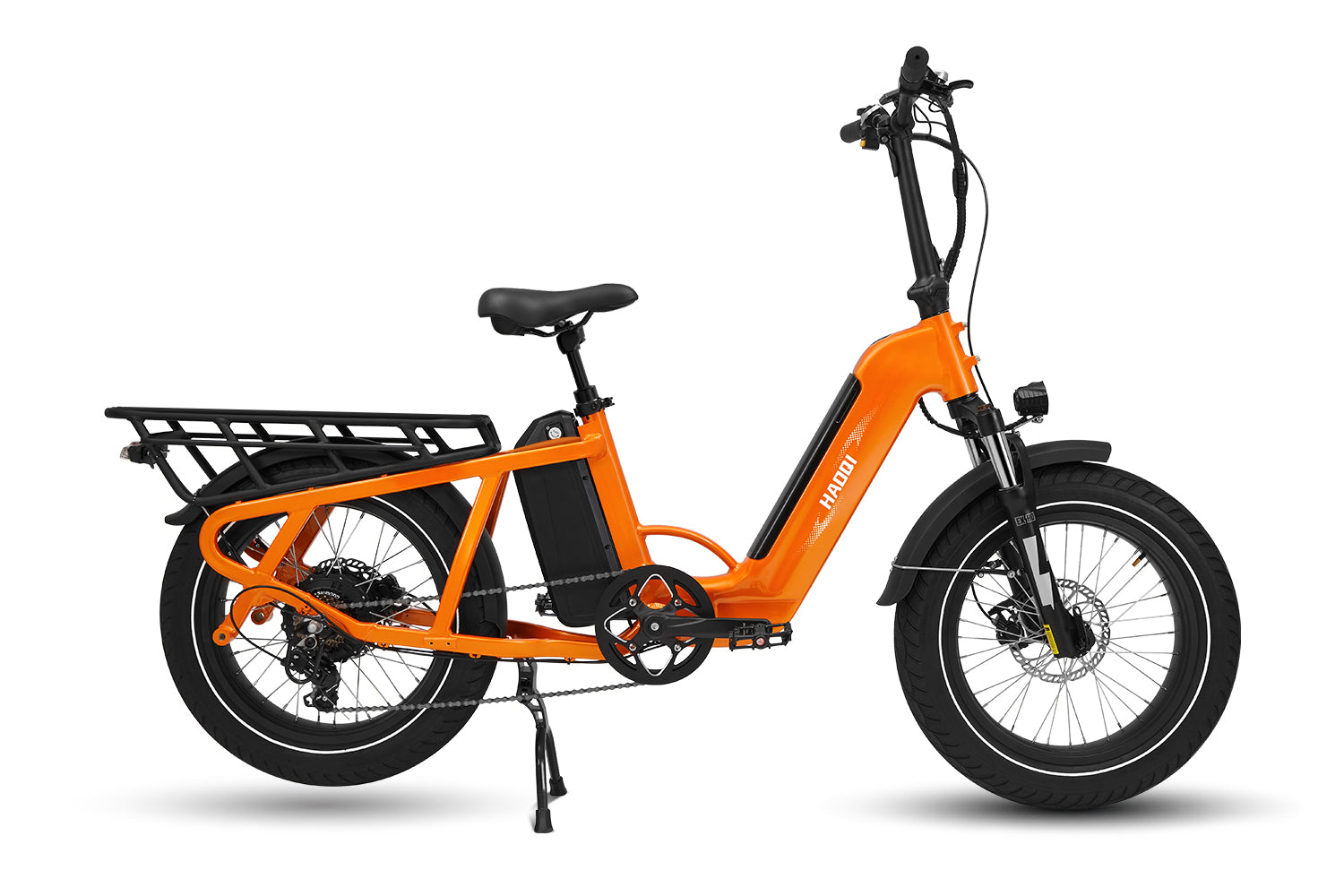
![HAOQI Black Leopard Pro Fat Tire Electric Bike (UL Certified) [electric bike] [HAOQI ebike]](http://haoqiebike.com/cdn/shop/files/20230327-133156_6d5b0909-1e85-4b65-8e89-3a2baac6bef0.jpg?v=1760490343&width=1500)
![HAOQI White Leopard Pro Step Thru Electric Bike (UL Certified) [electric bike] [HAOQI ebike]](http://haoqiebike.com/cdn/shop/products/haoqi-white-leopard-step-thru-electric-bike-haoqiebike-com-1.jpg?v=1687856892&width=1500)
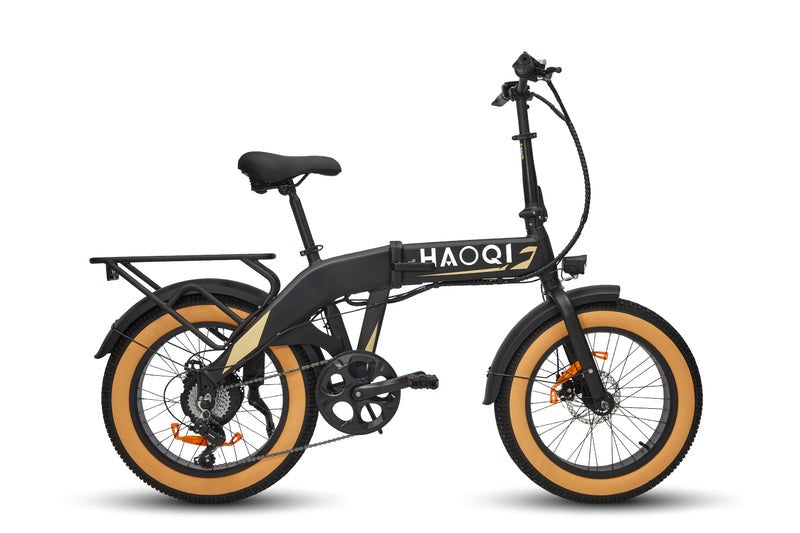
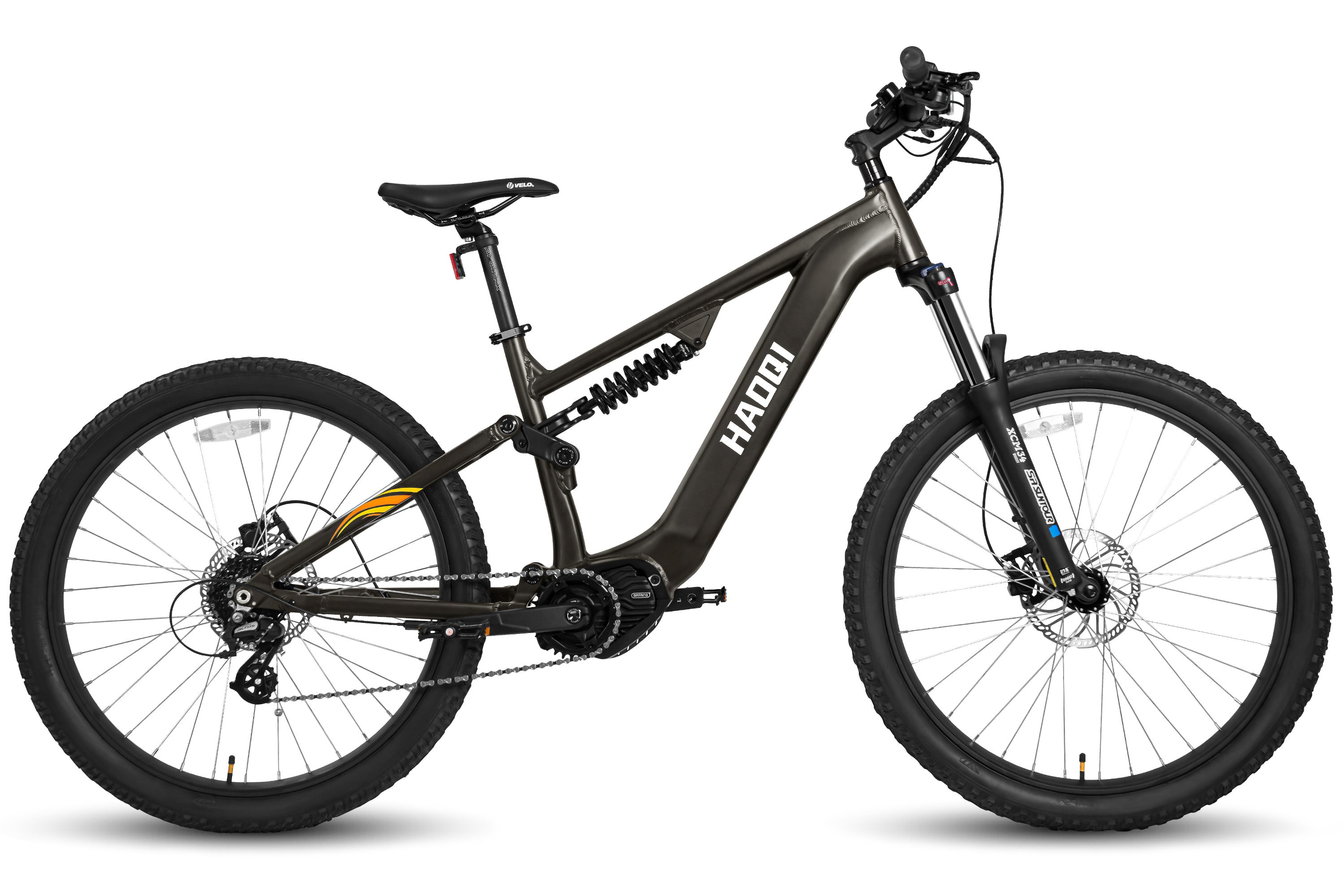
![HAOQI Eagle Long Range Electric Bicycle (UL Certified) [electric bike] [HAOQI ebike]](http://haoqiebike.com/cdn/shop/files/2_bf7ae46b-aad6-472a-9c14-d56ca3f0feb6.jpg?v=1755142722&width=1500)
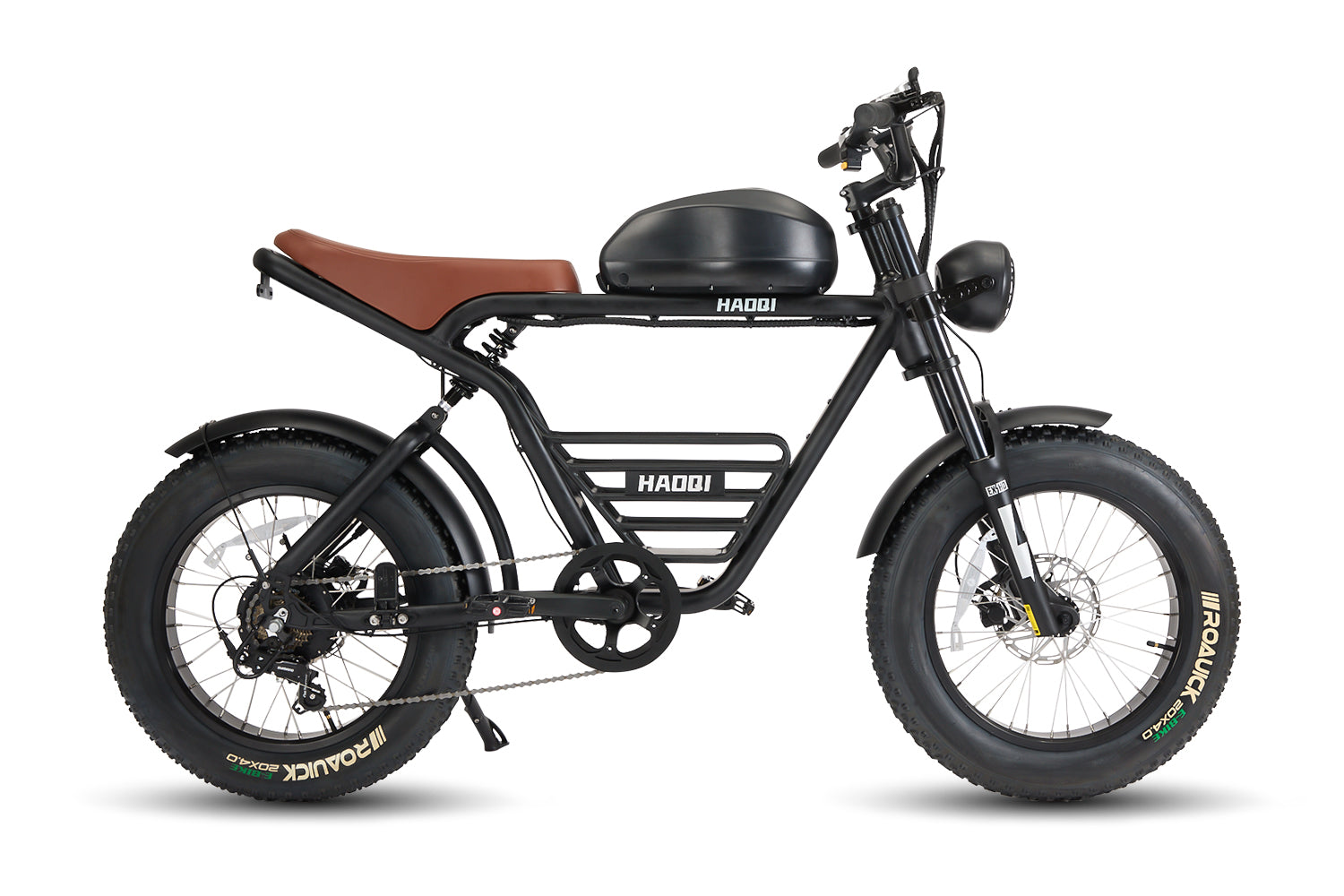
![HAOQI Antelope Pro 750W Cargo Electric Bike (UL Certified) [electric bike] [HAOQI ebike]](http://haoqiebike.com/cdn/shop/products/haoqi-antelope-pro-cargo-electric-bike-with-dual-battery-750w-haoqiebike-com-1.jpg?v=1751610204&width=1500)




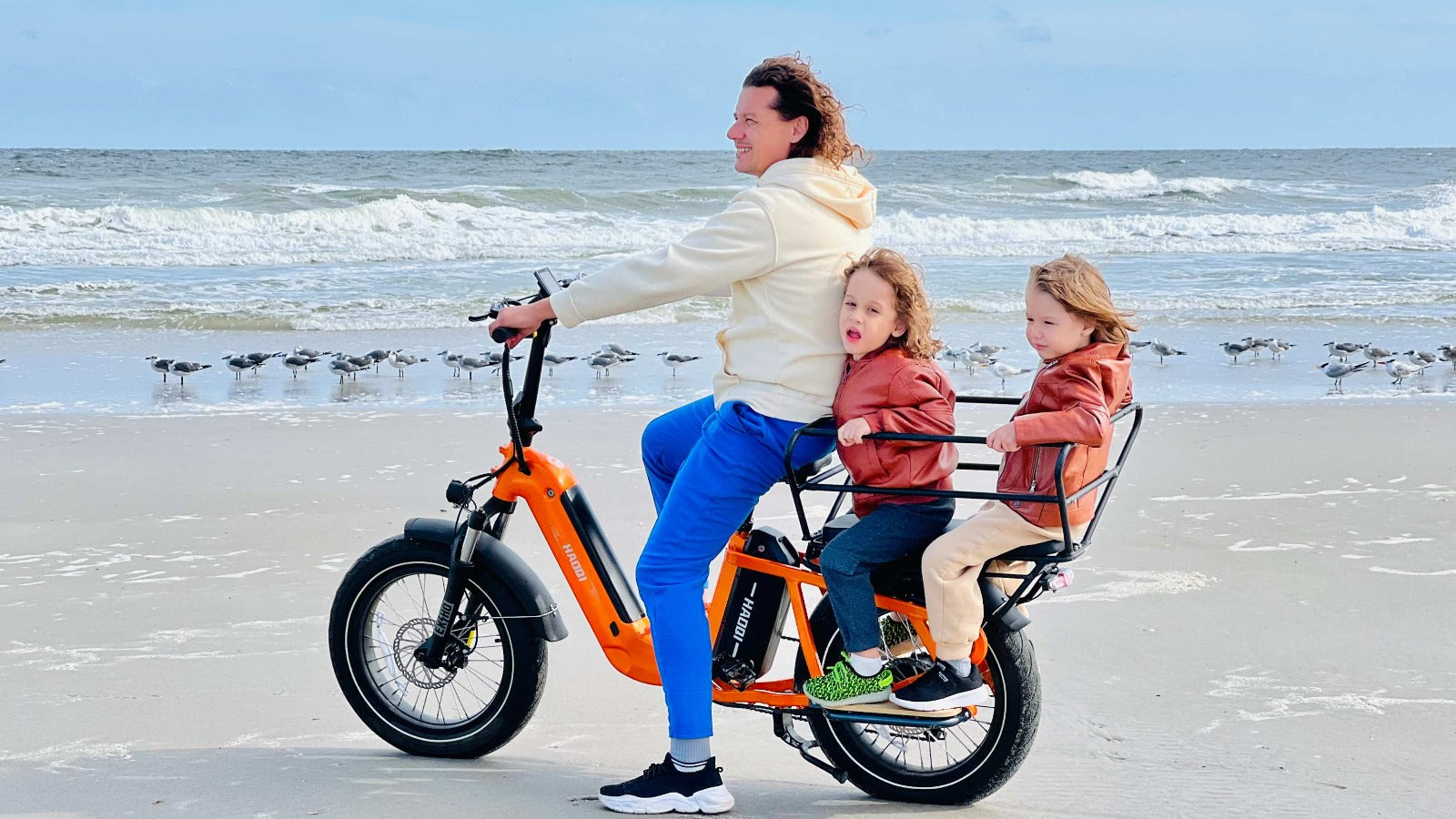
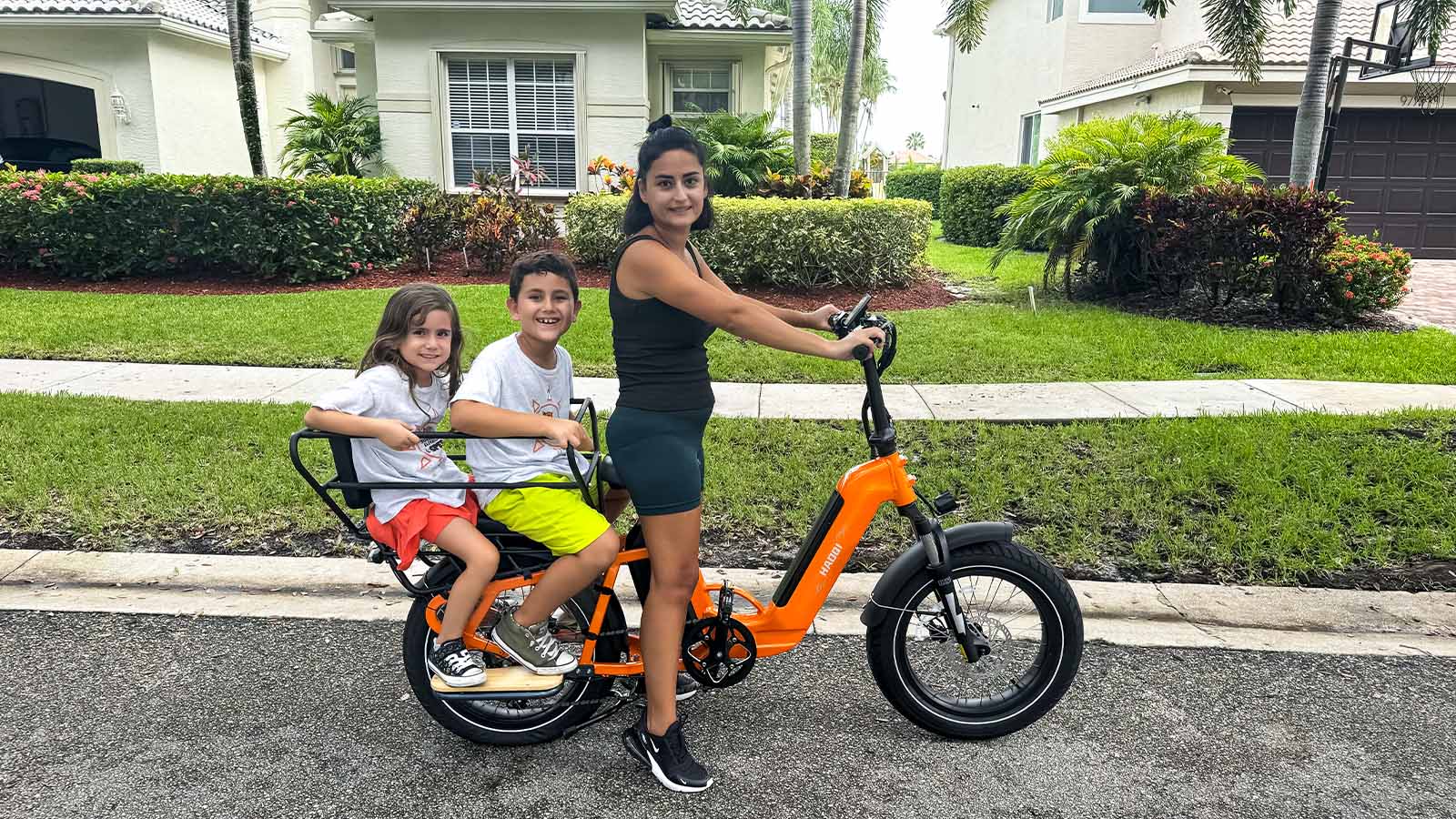




Leave a comment
This site is protected by hCaptcha and the hCaptcha Privacy Policy and Terms of Service apply.